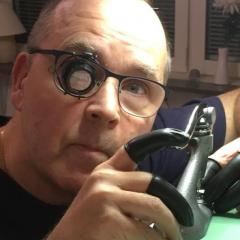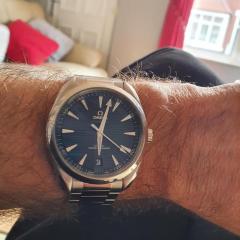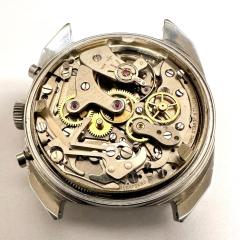ETA 2836-2 Service Walkthrough
-
Recently Browsing
- No registered users viewing this page.
-
Topics
-
Posts
-
By coreymsnow · Posted
NIce! Unfortunately, I may have a movement or two for which a cannon pinion simply does not exist. I figure it's a challenge- put the movements on the shelf, work on other watches for a while, but also learn how to fabricate parts, and once I'm good enough at it, revisit the watch. The worst possible result is failure, and that doesn't bug me much. 🙂 -
My profile photo is age 20, last century, but I still look exactly the same so I'm not sure it counts ¯\_(ツ)_/¯
-
I sure appreciate your comment! I will look into one of those or maybe something similar. I of course will check your video to have a better idea. by the way, that’s a beautiful lathe! Mine is a little peersless, but I just bought a Boley & Leinen that is on its way. That’s the one I am looking a motor for. It comes with a motor, but I want to replace it for one that has a speed controller.
-
By LittleWatchShop · Posted
Indeed. I would not attempt one. Here is my messy Sherline setup -
Hello everyone my name is Tom and I and I am new to the forum and new to the hobby. I have always had an interest in mechanical watches and finally decided to pursue it. I’m going thru online trading and have purchased the basic tools to set up a work area. I’m really looking forward to learning and thank you in advance for all of your knowledge!
-







Recommended Posts